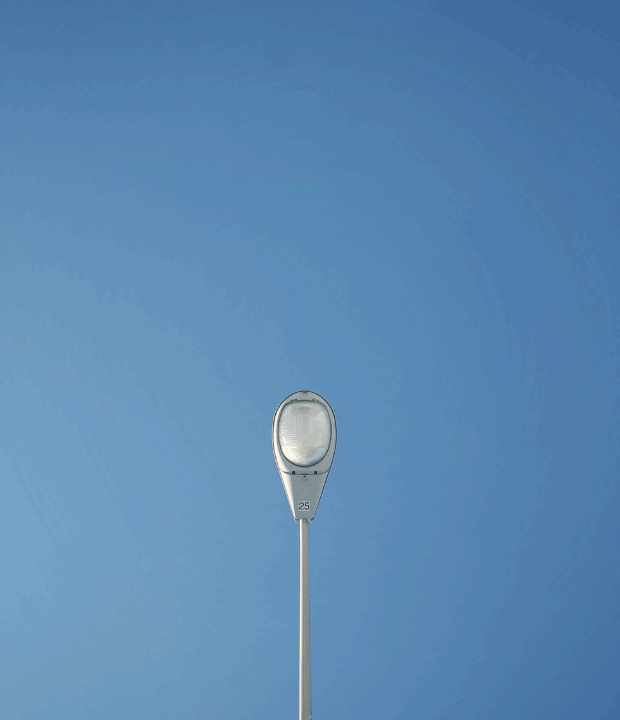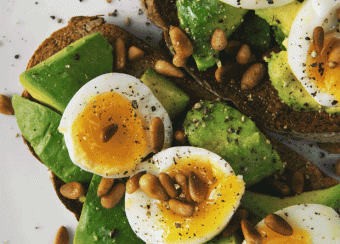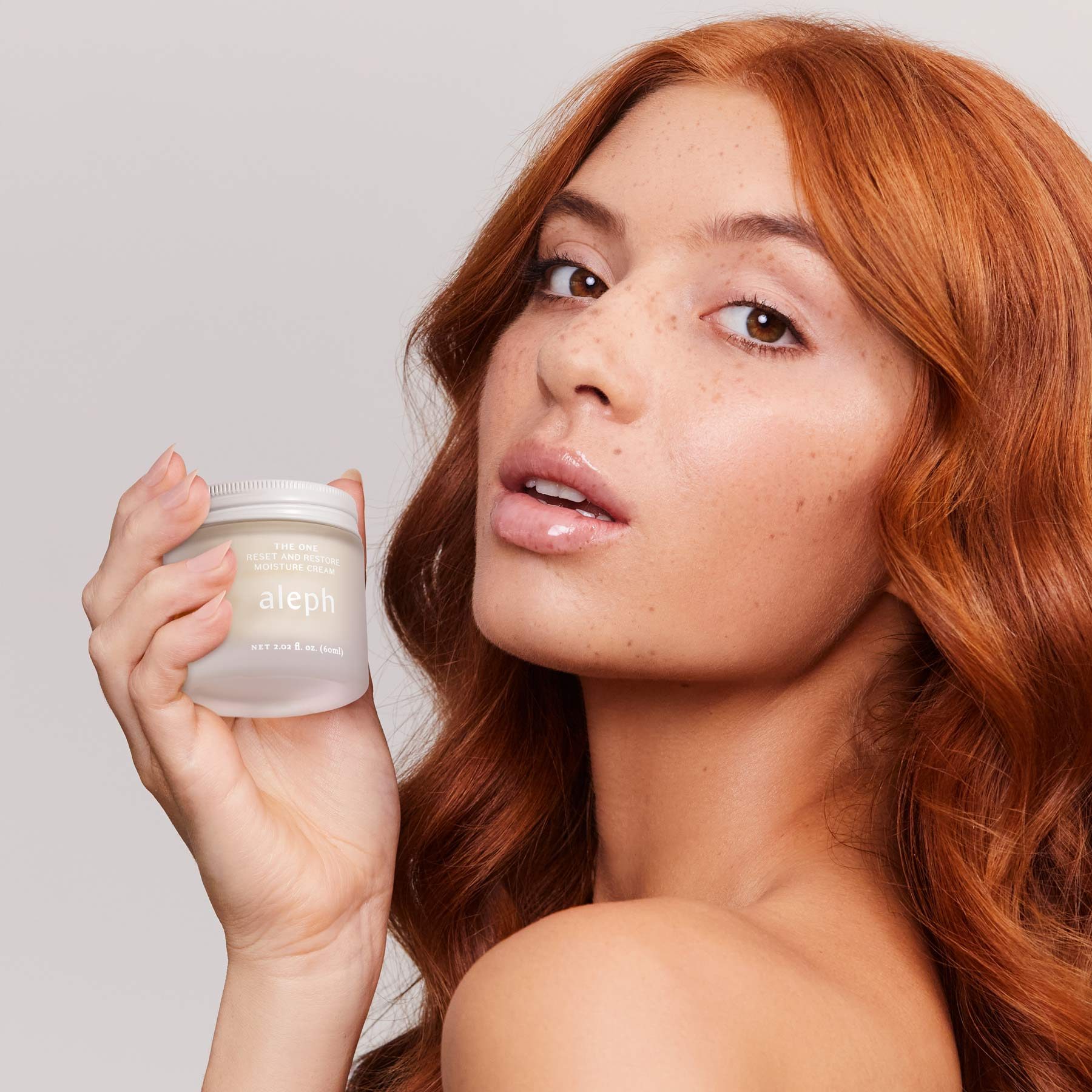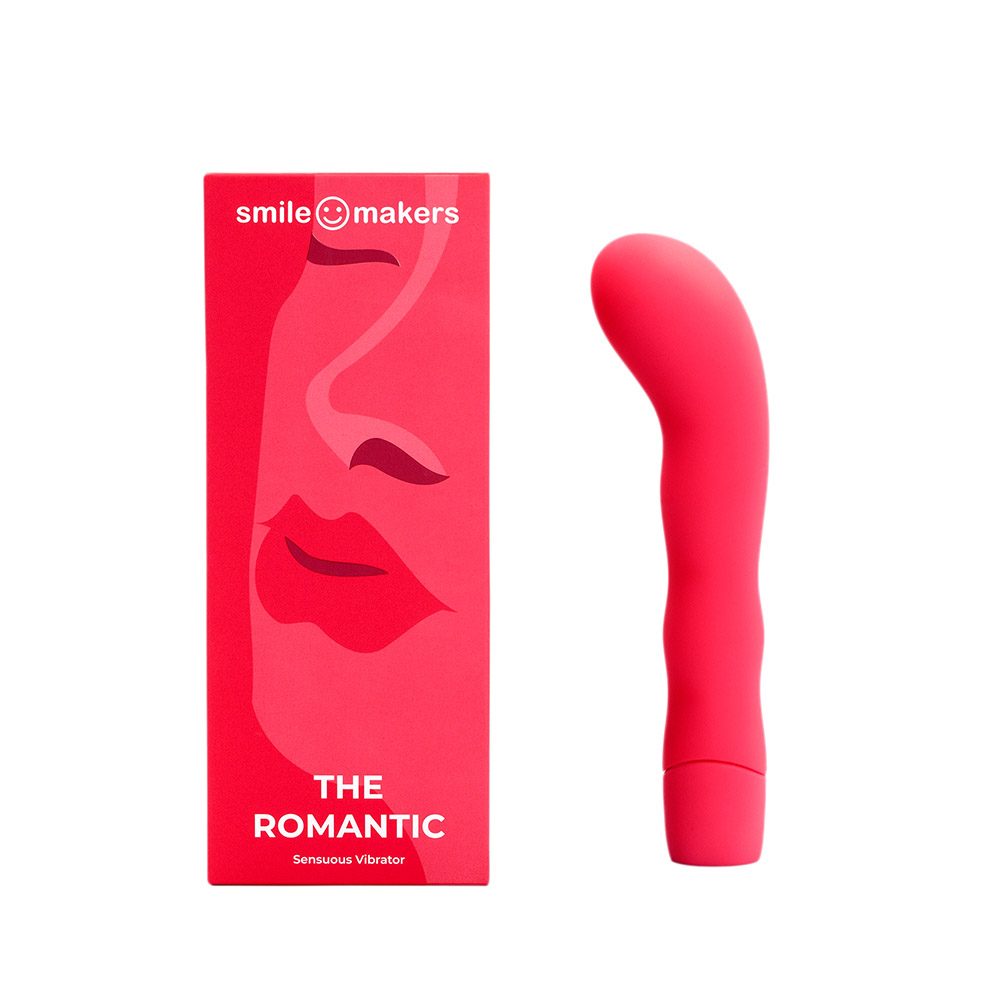Is Blue Light Radiation A Thing?
22/03/2021 2021-09-26 18:55
Is Blue Light Radiation A Thing?
In addition to putting added strain on our eyes, it’s well documented – scientifically and anecdotally – that spending considerable time glued to screens doesn’t do a whole lot of good for our skin. In fact, it’s speeding up the ageing process to the point that our digital devices have been labelled the ‘silent agers’ of our generation.
With millennials checking their phones an average of 150 times a day, and a 2019 report finding most people, on average, spend three hours and 15 minutes on our phones a day. Plus, the top 20 per cent of smartphone users having daily screen time in excess of four and a half hours, we’re getting significantly more blue light exposure than we used to from the sun alone.
But how exactly is it affecting our skin?
The blue (or high energy visible, or HEV) light our digital devices emit can penetrate to the deeper layers of our skin (the same as UVA rays from the sun) and break down collagen and elastin, which accelerates ageing and inflammation in the skin cells.
One 2018 study showed molecular and cellular changes in human skin cells which had been exposed to HEV that included mitochondrial damage (mitochondria are our cells’ ‘powerhouses’), and impairment of cell growth, ATP release and collagen production. The reality is that our skin cells either shrink, die, or at the very least, don’t work to the best of their ability when we’re constantly glued to laptops and phones.
Whatever your skin type, studies also show that 30 hours of exposure to blue light from a smartphone or laptop screen can increase inflammation levels in skin cells by up to 40 per cent. We’re all so conscious these days about excessive sun exposure and its dangers, but we’re not taking into consideration the damage being done scrolling endlessly through our feeds.
It’s also well known that exposure to blue light at night can throw our natural circadian rhythm out of sync, and that includes our skin. Blue light exposure after hours causes our skin cells to think it’s daytime, impacting their natural nocturnal repair process. This stops the natural processes that keep our skin looking and feeling its best, not to mention the under-eye circles making their presence felt the next day!
Consider investing in a blue light shield
Before you adjust your skincare routine in the hope of repairing and resetting, maybe address your tech and cover your phones and computers with a blue light shield.
The closer you are to a screen, the more blue light damage you’ll experience. This is why your television is most definitely a lesser evil than your phone or laptop. For day to day screen use, look to screen shields that block blue light from reaching you in the first place – many of which don’t cost the earth but can block up to 50 per cent of blue light. Cheaper than the average moisturiser, they will definitely make a difference in the long term,
Use sunscreen – even at home
A quality, clean sunscreen will protect your skin outdoors and from blue light. We love Suntegrity’s Natural Moisturising Face Sunscreen & Primer, which is a clean, non-greasy, UV chemical-free sunscreen that offers Broad Spectrum Protection against damaging UVA and UVB rays and blue light. A great multitasker, it’s a three-in-one product that functions as a face moisturiser, sunscreen and make-up primer all in one. It also contains zinc oxide, which is known for its anti-inflammatory properties that often help skin conditions like rosacea, acne, and melasma.
Stock up on antioxidants
Blue light has been shown to induce oxidative stress in the skin, and to combat that it’s important to load up on topical antioxidants as well as sunscreen. Topical antioxidants are an absolute must in pretty much everyone’s skincare routine, and even more so in the age of extra blue light exposure.
The skin naturally contains antioxidants such as vitamin E, but these are used up when it is exposed to excess free radicals like UV light, visible blue light and pollution. Applying topical antioxidants in the form of skincare, as well as eating a diet rich in antioxidants can help boost our skin’s defence against oxidative environmental damage.
Incorporating ingredients like vitamin C and ferulic acid – both of which can be found in Nuori’s ground breaking Supreme-C Serum Treatment – can help fight both free radicals and pigmentation.
Support your barrier
It’s a beauty truth that if you look after your skin’s barrier, it will look after you. Keep it feeling its strongest by avoiding too many actives that could increase sensitivity, instead of reaching for the likes of niacinamide (Vitamin B3), which actively helps cells recover from oxidative stress and improves the skin’s barrier, and hyaluronic acid. A great product containing both of these marvels is Tailor Skincare Hydrate, which includes 2 per cent hyaluronic acid, niacinamide and Kōwhai extract, a New Zealand botanical known to soothe inflammation and fight bacteria. Even better? This multitasker can be used morning and night as an eye gel, serum and facial hydrator, making it a must-have if you’re practicing skincare.




















